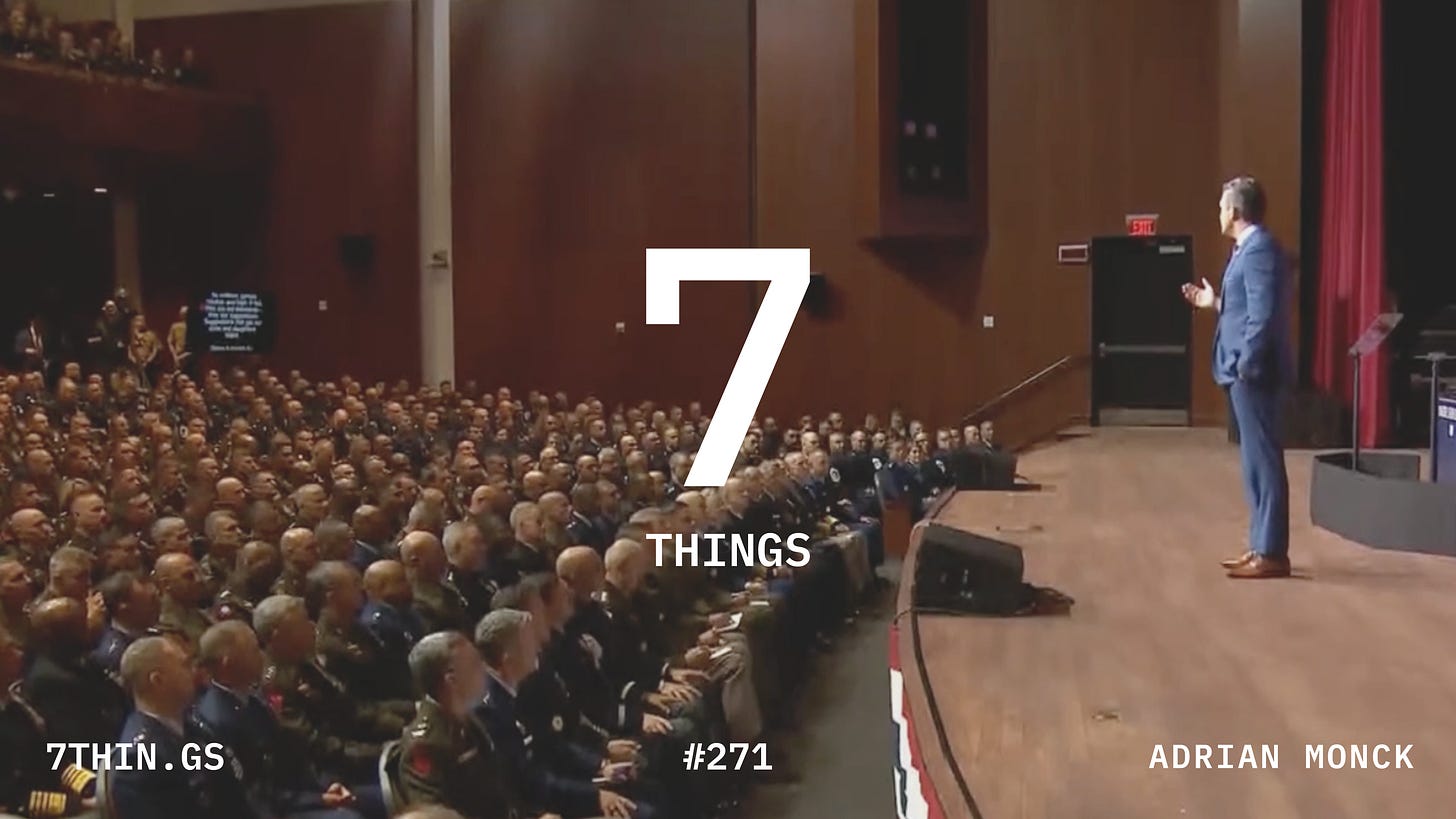Stephen Miller's Shadow Military: The Quantico Warning
How a MAGA ideologue built a parallel command system to direct military strikes, purge resistant officers, and prepare troops for domestic deployment
Keep reading with a 7-day free trial
Subscribe to 7 THINGS to keep reading this post and get 7 days of free access to the full post archives.



